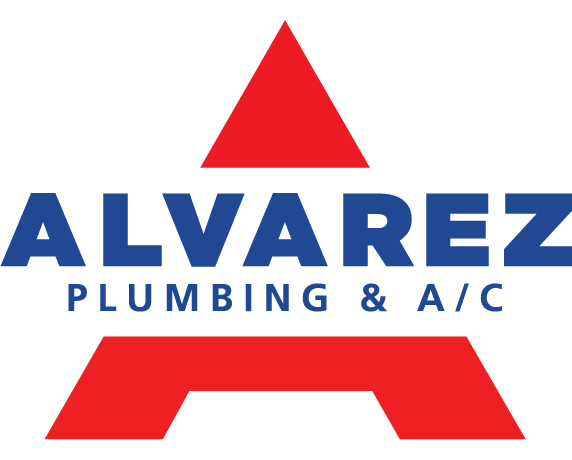If you have a stubborn clog that you can’t clear yourself, or the entire bathroom is clogged (toilet, sink, shower, and tub), then it is time to call it quits and bring in a professional.
Unclogging your toilet can be a very simple task.
A few pumps with the plunger and it’s gone. However, not all clogs are that easy, and there are a few tips to keep in mind.
Never use a store bought clog remover to unclog a toilet. Clog removers are designed to enter the blocked drain, but since the toilet bowl sits with water and drains when flushed, the chemicals in the remover will just sit in the bowl. Even if you were to try and flush it, odds are that the toilet will overflow, releasing the clog removing chemicals all over your bathroom floor. Another issue to consider is the remnants of the chemicals that you last cleaned your toilet with. They may still be in the bowl and can create a volatile reaction to the chemicals in the clog remover. Depending on the chemicals in both products, the reaction can result in the release of a noxious gas or even an explosion.
Manual Manipulation vs Chemical Treatment
Your best option for unclogging a toilet is with manual manipulation rather than chemical.
Try removing the clog with a plunger or an auger (plumbing snake). Plungers loosen a clog, allowing it to go down the pipes, whereas an auger breaks up the clog to clear it. Plungers with a rounded base are best suited for toilets. Be sure the plunger creates a seal around the drain and pump it for 30 to 60 seconds.
If the clog does not clear after a few attempts with the plunger, try breaking it up with an auger. An auger is a long, flexible metal band that you feed clockwise down the toilet. The twisting motion is designed to break into clogs, separating them, so they can fit through the pipes.
Items that are flushed down a toilet that are not meant to be flushed can be pulled back out with an auger. Items like feminine hygiene products and those not so flushable “flushable” wipes.
Comments are closed.


